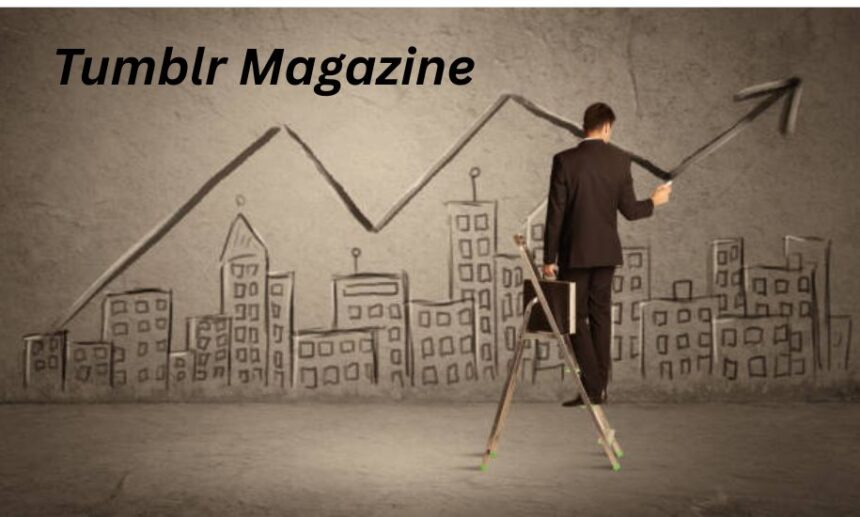The phrase “solo et” is deceptively simple. At first glance, it looks like an incomplete expression, a fragment of Latin, or a mistyped keyword. But if you’ve searched for it recently, you’ll know it’s anything but straightforward. Across the web, “solo et” is cropping up in very different contexts: in blogs describing futuristic Enhanced Technology platforms, in music and performance advice articles, in translations of Petrarch’s 14th-century poetry, and even in the fields of reproductive medicine and cattle breeding.
This article explores what “solo et” means across domains, why it has gained traction online, and how these meanings intersect. Along the way, we’ll untangle hype from substance and show why the keyword is valuable for technology enthusiasts, culture lovers, and science readers alike.
“Solo ET” as Enhanced Technology
The Rise of Blog-Driven Buzz
In recent months, a cluster of tech blogs has promoted the concept of “Solo ET” as shorthand for Enhanced Technology. According to these posts, Solo ET represents a new era of automation, artificial intelligence, real-time analytics, and sustainability integration. Its advocates describe it as an “intelligent transformation” strategy for businesses seeking growth.
Articles such as “Solo ET Enhanced Technology for Smarter Sustainable Growth” and “What is Solo ET? A Beginner’s Guide to the Future of Technology” promise that ET can help companies optimize processes, reduce errors, and increase efficiency. The consistent messaging across blogs suggests SEO-driven momentum rather than a concrete product launch. Still, the underlying themes—automation, AI, and sustainability—reflect genuine shifts shaping industries today.
Beyond the Buzzwords
While “Solo ET” may be more meme than market-ready solution, its vocabulary highlights important directions:
-
Automation + AI: Tools that handle repetitive work while learning from data.
-
Real-time analytics: Dashboards and telemetry for fast decision-making.
-
Sustainability: Integrating energy efficiency and carbon metrics into digital systems.
For businesses, these aren’t optional extras. They’re core pillars of competitive survival. Thus, even if “Solo ET” is a vague umbrella term, it captures the zeitgeist.
“Solo et” in Music and Performance
The Performer’s Dialogue
Outside of tech, “solo et” has a life in the arts. Blogs frame it as a music/performance concept, emphasizing the art of the soloist’s connection with the audience. In “Solo Et: Your Complete Guide to Understanding This Musical Technique”, the phrase is used to explain how a performer’s individuality becomes the centerpiece, turning a solo into a conversation rather than a monologue.
Similarly, articles like “Solo et: The Art of Individual Expression” broaden the discussion, linking the idea to jazz improvisations, classical cadenzas, and modern live sets. The key theme: being alone on stage is not about isolation, but about communicating a deeply personal message.
Lessons for Creativity
From a practical standpoint, musicians are advised to:
-
Balance structure with improvisation. A great solo blends discipline and freedom.
-
Respect silence. Pauses are as powerful as notes.
-
Embrace vulnerability. A solo demands authenticity, which audiences crave.
This perspective reframes “solo et” as more than a musical term. It’s a metaphor for leadership, storytelling, and self-expression in any field.
The Literary Roots: Petrarch’s “Solo et pensoso”
A Poetic Origin
The earliest notable use of “solo et” comes from the Italian poet Francesco Petrarch (1304–1374). In his Canzoniere, Sonnet 35 begins with the phrase “Solo et pensoso i più deserti campi”—translated as “Alone and thoughtful, I wander the most deserted fields.” This line has echoed through centuries of European literature, symbolizing introspection and solitude.
Petrarch’s “Solo et pensoso” expresses the poet’s retreat into nature, burdened by unspoken love and melancholy. His choice of words—solo (alone) and et (and)—captures the tension between isolation and inner dialogue. The sonnet became a cornerstone of Renaissance humanism, blending personal feeling with universal resonance.
Modern Relevance
Even today, the phrase resonates in:
-
Psychology of solitude — the balance between self-reflection and loneliness.
-
Artistic inspiration — many creatives see solitude as a condition for innovation.
-
Digital age paradox — people are “alone and thoughtful” even in hyperconnected spaces.
For cultural writers, linking Petrarch’s “solo et pensoso” with modern “solo et” usages is a rich narrative thread.
“Solo ET” in Science and Agriculture
Reproductive Medicine: Single Embryo Transfer
In clinical contexts, “Solo ET” is sometimes used as a shorthand for elective single embryo transfer (eSET), a process in reproductive medicine. Here, the emphasis is on implanting one embryo during in vitro fertilization (IVF) to reduce health risks for both mother and child, while maintaining high success rates.
Articles such as “Solo ET: Purpose, Process, and Benefits Explained” highlight pros and cons, FAQs, and medical best practices. For patients, this represents a careful balance between increasing pregnancy success and avoiding multiple-birth complications.
Livestock Breeding: Pedigree Suffix
In the cattle industry, “-ET” after a bull’s name (e.g., Stgen Cap Solo-ET) signals that the animal was produced via embryo transfer. This practice allows breeders to multiply desirable genetics more efficiently. While unrelated to tech or music, the overlap in abbreviation causes “Solo-ET” to appear in searches, confusing readers.
Disambiguation: Food and Sports Noise
Two unrelated “solo et” lookalikes also surface:
-
Sólet / Solet: A traditional Jewish-Hungarian stew, slow-cooked with beans, barley, and meat. Its phonetic similarity creates accidental search collisions.
-
Oumar Solet: A French footballer whose surname resembles “solo et,” again contributing noise to keyword searches.
Both examples highlight why SEO confusion fuels the spread of ambiguous terms online.
Why “Solo Et” Matters Today
A Mirror of Our Information Ecosystem
The phrase “solo et” is an excellent case study in how language, culture, and SEO-driven digital publishing collide. In one corner, we have Petrarch’s timeless poetry. In another, modern music advice. Add to this a wave of tech blogs eager to coin buzzworthy acronyms, and sprinkle in scientific and agricultural jargon, and you get a keyword with multiple lives.
Choosing the Right Lens
For writers and researchers:
-
Tech analysts should treat “Solo ET” as an umbrella hype term until a concrete vendor or platform emerges.
-
Artists and educators can use the phrase to discuss creativity, solitude, and expression.
-
Historians and cultural critics can tie modern usage back to Petrarch’s enduring influence.
-
Science communicators can clarify embryo transfer terminology to prevent confusion.
By recognizing these strands, we avoid conflating them and instead showcase the richness of language in shaping meaning.
Conclusion: From Petrarch to Platforms
The story of “solo et” spans centuries and continents. From Petrarch’s lonely walks through deserted fields, to musicians baring their souls on stage, to technologists promising AI-driven revolutions, the phrase embodies a tension between solitude and connection, tradition and innovation.
Whether you see it as a poetic fragment, a performance principle, a scientific procedure, or a digital buzzword, “solo et” reflects how humans make meaning from simple words. It’s a reminder that even in an age of algorithms, context is everything.
As you continue exploring, keep in mind that some interpretations are timeless while others are fleeting. And if you’d like more deep dives into curious cultural and technological intersections, visit Tumblr Magazine, where we unpack the stories behind the words that shape our world.







